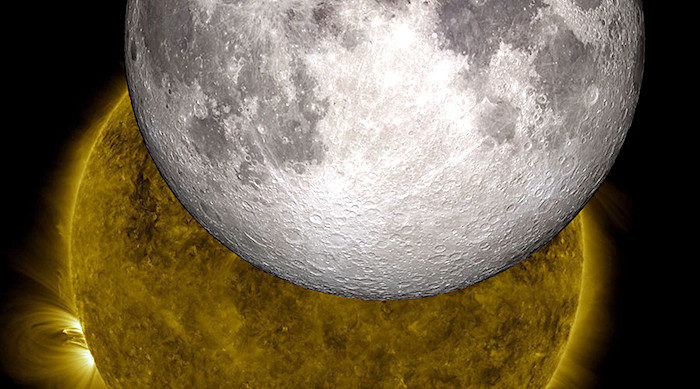OF THE
TIMES
A small body of determined spirits fired by an unquenchable faith in their mission can alter the course of history.
Tangent, but saw this and wanted to post it - [Link] Two lifeforms merge into one organism for first time in a billion years For the first time in...
The trees are flaming up like roman candles.
Get ready to run for the hills. I hope. Difficult permanent transformative Water FullMoon tonight.
The Land of Spirituality LOL Garbage
Comment: Which is not far-fetched because a number of European nations stated exactly the same intention: Netherlands to shut down 3,000 farms to...
To submit an article for publication, see our Submission Guidelines
Reader comments do not necessarily reflect the views of the volunteers, editors, and directors of SOTT.net or the Quantum Future Group.
Some icons on this site were created by: Afterglow, Aha-Soft, AntialiasFactory, artdesigner.lv, Artura, DailyOverview, Everaldo, GraphicsFuel, IconFactory, Iconka, IconShock, Icons-Land, i-love-icons, KDE-look.org, Klukeart, mugenb16, Map Icons Collection, PetshopBoxStudio, VisualPharm, wbeiruti, WebIconset
Powered by PikaJS 🐁 and In·Site
Original content © 2002-2024 by Sott.net/Signs of the Times. See: FAIR USE NOTICE

Reader Comments